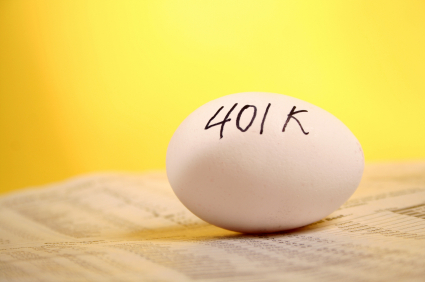For more stories like this, sign up for the PLANADVISERdash daily newsletter.
Personal Savings Increase Needed to Offset Lack of Pensions
One way to deal with the deficit is continued employment to bring extra income, which is needed to compensate for low defined contribution plan participation combined with a declining defined benefit pension system, rising health costs and insufficient personal savings, according to the GAO Strategic Plan 2007 – 2012.
“With the baby boom generation poised to move into retirement beginning in 2008, the Congress will need more information on the economic, financial, and social implications of these trends to ensure that the government, employers, and workers share retirement risk in an equitable and efficient manner,” the report said.
With the continued decline of the defined benefit plan over the past few years, there has been a rapid increase in defined contribution plans.
The GAO report showed the number of defined contribution plans rose from 340,000 in 1980 to 653,000 in 2003, covering 64.1 million workers and retirees. As of 2006, 54% of all workers in the private industry were offered a defined contribution. However, the participation rate in these increasingly-popular plans in 2006 was 80% among those whose employers offered a plan.
The shift of greater retirement responsibility to individuals has also made personal savings more important. However, the GAO points out that only 44% of families headed by someone age 55 to 64 owned an individual retirement account (IRA), and among those families, median IRA balances were $60,000.
From 2000 to 2005, personal saving as a percentage of disposable income averaged just 1.3%, which the GAO suggests is a result of Americans diverting a substantial amount to living expenses. In 2006, that savings rate dropped to a negative 1%, the lowest level in 50 years.
The GAO suggests that one way to reduce the effects of a longer retirement is by keeping older workers in the workforce. However, the agency says that while many employers “indicate a willingness to recruit or retain older workers, most employers are not currently engaged in these practices.”
The agency says that employers have so far not made changes to accommodate the needs and preferences of older workers, such as establishing alternative work schedule arrangements or allowing phased retirement
The increased life expectancy and the fact that by 2050 persons over 65 will account for 20% of the population – up from about 13% in 2000 – means that people are expected to spend more time in retirement, putting greater strain on the Social Security System, according to the report.
The report suggests that even though Social Security funds are not expected to be depleted until 2040, strains on the government will begin as early as 2017, when programs begin paying out more than they take in.
One of the issues that will have an increasing affect on Social Security is increasing health costs. For example, the GAO points out that the average Medicare Part B plus Part D premiums will rise from 12% of the average of Social Security in 2010 to about 26% in 2080. Also the amount of deductibles, co-payments and other cost-sharing amounts would increase from 17% of the average Social Security benefit in 2010 to 37% in 2080.




